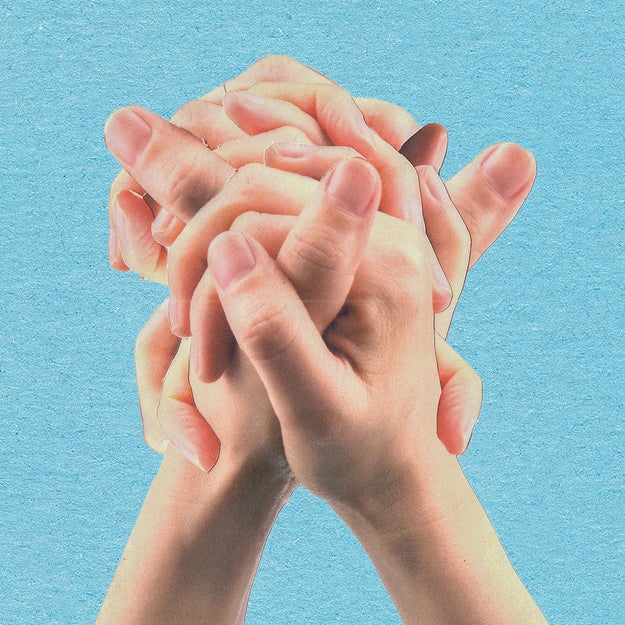
Artificial intelligence is getting better at creating images that look stunningly real. From photorealistic portraits to surreal landscapes, AI-generated visuals are everywhere — in ads, memes, social media, and even news feeds. But if you know what to look for, you can still spot an AI image in less than a minute. Here’s how.
1. Start with the Eyes and Hands
Human eyes and hands are the hardest for AI models to render consistently. In portraits:
- Eyes: Look for unnatural reflections, mismatched pupils, or inconsistent gaze directions. Sometimes one eye looks sharper or more detailed than the other.
- Hands: AI often creates too many fingers, misshapen nails, or oddly bent wrists. If something about the hands “feels off,” trust that instinct.
🕒 Spotting time: 10 seconds
2. Scan for Symmetry (or Lack Thereof)
AI loves symmetry but often overdoes it. Faces may look too perfect, objects may appear mirrored, or earrings and clothing folds might duplicate unnaturally. In other cases, backgrounds may be oddly warped or asymmetrical where symmetry should exist.
🕒 Spotting time: 10 seconds
3. Examine Text and Small Details
Zoom in on any text — like signs, book covers, or clothing logos. AI still struggles with generating coherent writing, so you’ll often see gibberish letters or inconsistent fonts. Similarly, jewelry, buttons, and teeth can look melted, blurred, or duplicated.
🕒 Spotting time: 10 seconds
4. Check the Background
AI models sometimes blend subjects and surroundings incorrectly. You might see:
- Warped architecture or objects that fade into each other
- Lighting that doesn’t match between foreground and background
- Shadows that don’t align with the light source
If the background feels dreamlike or “too clean,” it might be AI.
🕒 Spotting time: 15 seconds
5. Look for Style Inconsistencies
Many AI images mix photographic realism with painterly or 3D elements. Ask yourself:
- Does the texture of the skin match the hair or fabric detail?
- Do lighting and depth look consistent?
If not, it’s likely generated.
🕒 Spotting time: 10 seconds
6. Use Quick Digital Tools
If you’re still unsure, a few online tools can analyze images for AI fingerprints:
- Hugging Face AI Detector
- Illuminarty
- AI or Not
Simply upload the image — these platforms use forensic cues like metadata and pixel patterns to identify AI content.
🕒 Spotting time: 5 seconds
Final Tip: Train Your Gut
The best detector is experience. Once you’ve reviewed a few AI visuals, you’ll start to recognize the uncanny “almost right” feeling they give off — the small flaws that no human photographer or painter would make.
In Summary
You can identify AI-generated images in under a minute by focusing on:
- Eyes and hands
- Symmetry and realism
- Background consistency
- Text and fine details
- Lighting and style coherence
With a bit of practice, your brain becomes the most reliable detector of all.
Leave a Reply